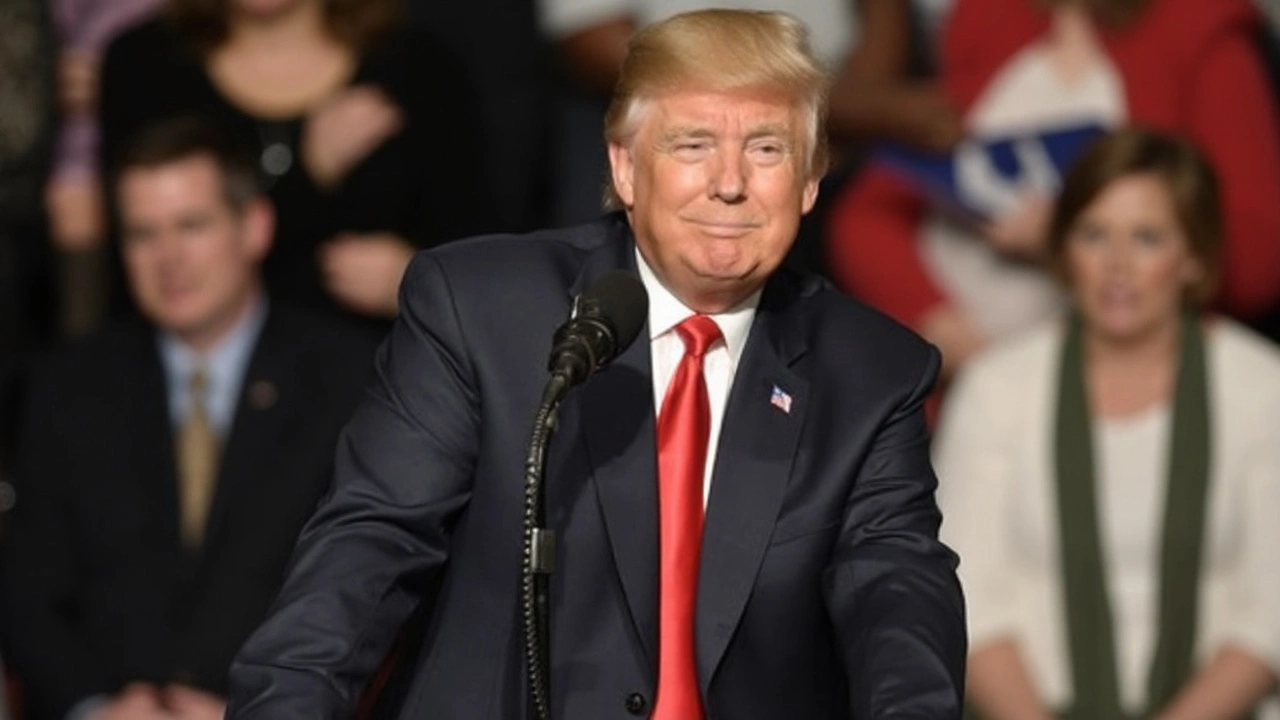Trump Tariffs: What They Are and Why They Matter
When you hear the phrase "Trump tariffs" you might picture headlines about trade wars, angry politicians, and price spikes at the grocery store. In reality, a tariff is just a tax on goods that cross a border. The Trump administration used tariffs as a bargaining chip, hoping to pressure other countries into better trade deals for the United States.
What makes a tariff "Trump" isn’t the tax itself but the way it was applied. Starting in 2018, the administration slapped duties on steel, aluminum, Chinese electronics, cars, and even farm products. The goal was to protect American factories, cut trade deficits, and force foreign markets to open up more to U.S. exporters. The plan sounded simple, but the ripple effects turned out to be anything but.
How the Tariffs Work
Think of a tariff like an extra charge you pay at checkout. If a company in China wants to sell a phone in the U.S., it now has to pay a percentage of the phone’s value to the U.S. government before the product can be sold. That cost usually gets passed on to the retailer, and eventually to you, the consumer.
Tariffs can be specific (a flat $10 per unit) or ad‑valorem (a percentage of the price, like 25%). The Trump tariffs were mostly ad‑valorem, ranging from 10% on some Chinese goods to 25% on steel and 10% on aluminum. Some categories even faced additional duties on top of existing taxes, creating what officials call a "tariff ladder."
These taxes also affect American companies that rely on foreign parts. A car maker buying Chinese electronics for its vehicles now faces higher costs, which can slow production or force a switch to more expensive domestic suppliers.
Real‑World Effects on Prices and Jobs
One of the biggest questions is whether tariffs protect U.S. jobs or just raise prices. In some cases, manufacturers like steel plants saw short‑term order boosts because foreign competitors became pricier. However, many businesses that depend on imported components reported tighter margins.
Consumers felt the pinch at the checkout line. Prices for everyday items such as washing machines, furniture, and even certain foods rose modestly after the tariffs hit. The Federal Reserve estimated that the average U.S. household paid roughly $1,200 more per year because of the added costs.
Farmers also got a mixed deal. While some crops benefited from retaliatory tariffs on foreign goods, others—like soybeans—saw demand drop in China, a major export market. The government tried to offset the loss with subsidies, but the aid didn’t fully cover the revenue drop for many growers.
On the global stage, the tariffs sparked a series of counter‑measures. China imposed its own duties on U.S. agricultural products, and the European Union raised taxes on American aircraft and spirits. Those tit‑for‑tat moves added another layer of complexity for companies that sell abroad.
Overall, the story of Trump tariffs is a reminder that trade policy isn’t a zero‑sum game. Raising taxes on imports can help certain domestic industries, but it also ripples through supply chains, affects prices for everyday shoppers, and can provoke retaliation that hurts exporters. If you’re a business owner, keeping an eye on tariff schedules and exploring alternative suppliers can lessen the impact. As a consumer, budgeting for slightly higher prices on imported goods is a realistic way to adapt.
Whether you view the tariffs as a bold move to rebalance trade or a costly experiment, the lesson stays the same: any change to how we buy and sell across borders eventually lands on someone's paycheck or pantry shelf. Staying informed helps you make smarter choices, whether you’re shopping for a new phone or running a manufacturing plant.

Dow Jones Futures Wild Swings Amid Trump Tariff Turmoil: Market Cools Then Rebounds
In early April 2025, U.S. financial markets faced intense chaos sparked by Trump's proposed tariffs. Initially plummeting, the Dow Jones and other indices rebounded after a temporary 90-day pause on the tariffs though China faced harsher terms. Some stocks, like Albemarle and Enphase, saw significant declines amid this turmoil. Market analysts offer mixed predictions as uncertainty about trade tensions lingers.
View more
Chaos in Global Markets as Trump Stands Firm on Tariffs as Economic 'Medicine'
Global stock markets took a hit on April 7, 2025, after President Trump's unwavering stance on tariffs. These controversial policies, described by Trump as crucial 'medicine' for the economy, led to a plunge in U.S. indices, sparking investor anxiety. More turbulence followed as the Supreme Court authorized the deportation of Venezuelan migrants, amidst tensions with Israel and celebrations with the Dodgers.
View more